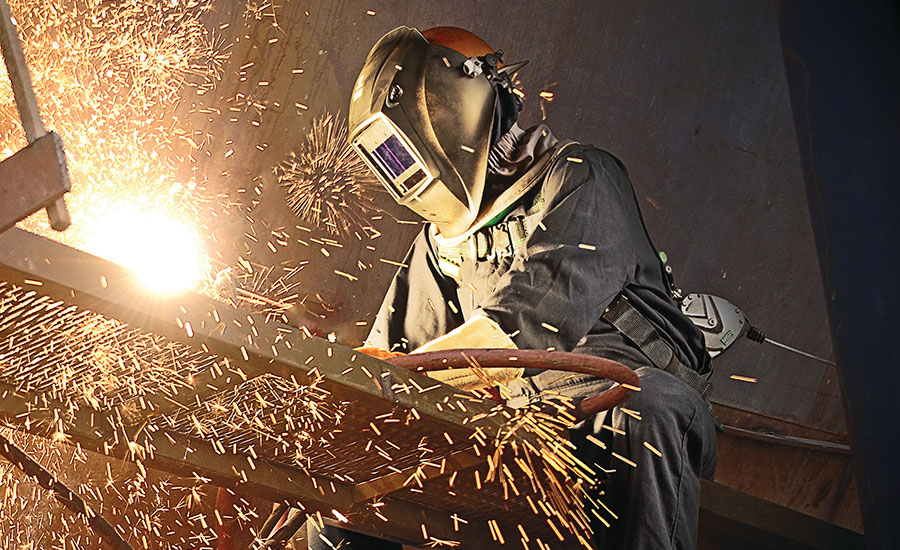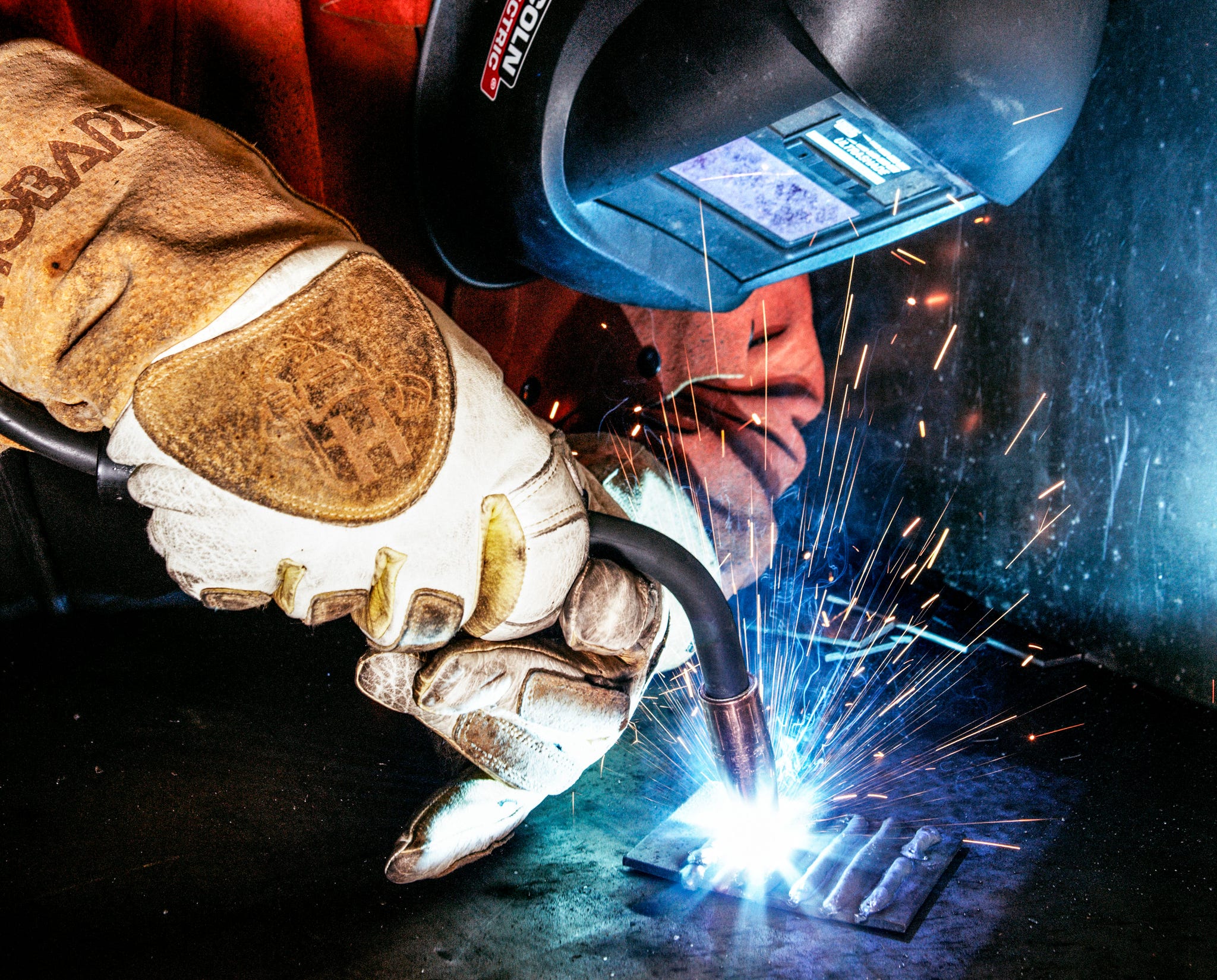Producing a Welding WPS: Step-by-Step Instructions for Professionals
Producing a Welding WPS: Step-by-Step Instructions for Professionals
Blog Article
Grasping Welding WPS Specifications: Best Practices and Techniques for High Quality Welds
In the world of welding, grasping Welding Treatment Requirements (WPS) standards is a crucial part that directly affects the top quality and integrity of welds. As we browse through the ins and outs of welding WPS criteria, revealing key understandings and approaches for attaining top-tier welds will certainly be extremely important for welders seeking to succeed in their craft and produce welds that stand the test of time.
Comprehending Welding WPS Criteria

Examiners count on WPS documentation to verify that welding procedures are being complied with correctly and that the resulting welds are of high quality. Designers make use of WPS criteria to develop welding treatments that make certain the durability and integrity of welded structures.


Important Tools for High Quality Welds
Understanding welding WPS criteria is vital for welders to effectively make use of the essential tools required for creating high quality welds. The kind of welding device required depends on the welding process being utilized, such as MIG, TIG, or stick welding. Cable brushes and damaging hammers are important for cleaning up the weld joint prior to and after welding to get rid of any contaminations that might influence the quality of the weld.
Key Methods for Welding Success
To accomplish welding success, one should understand the key methods necessary for producing top quality welds. Keeping a secure welding and a consistent hand setting throughout the process is vital to attaining accuracy and consistency in the welds. By understanding these key techniques, welders can elevate the quality of their work and achieve welding success.
Ensuring Conformity With WPS Criteria

Furthermore, welders ought to go through training to familiarize themselves with the WPS standards appropriate to their work. Normal audits and assessments should be carried out to validate that welding tasks straighten with the prescribed WPS standards. Furthermore, maintaining detailed documents of welding criteria, devices calibration, and assessment outcomes is important for showing compliance with WPS requirements - welding WPS. By vigilantly adhering to WPS requirements, welders can guarantee that their job satisfies the needed top quality degrees and adds to the overall success of the welding project.
Troubleshooting Common Welding Issues
When confronted with common welding concerns, recognizing the origin is vital for effective troubleshooting. One widespread trouble is the presence of porosity in welds, typically brought on by impurities such as oil, rust, or dampness. To resolve this, ensuring appropriate cleansing of the base metal prior to welding and utilizing the proper protecting gas can dramatically decrease porosity. One more problem often experienced is lack of blend, where the weld falls short to correctly bond with the base product. This can stem from insufficient warmth input or inappropriate welding strategy. Changing criteria such as voltage, cable feed rate, or travel rate a knockout post can assist boost fusion. Additionally, distortion, splitting, and spatter prevail welding challenges that can be reduced via appropriate joint prep work, regular warm control, and choosing the appropriate welding consumables. By thoroughly comprehending these typical welding concerns and their origin, welders can properly fix issues and accomplish premium welds.
Conclusion
To conclude, mastering welding WPS requirements needs a complete understanding of the guidelines, right here making use of necessary devices, and executing vital strategies for successful welds. Making certain compliance with WPS requirements is essential for generating quality welds and avoiding common welding problems. By complying with ideal methods and techniques, welders can attain constant and reputable lead to their welding projects.
In the world of welding, grasping Welding Treatment Requirements (WPS) requirements is a critical component that straight affects the high quality and honesty of welds.When delving right into the realm of welding practices, an essential element to comprehend is the value and complexities of Welding Treatment Spec (WPS) requirements. WPS criteria provide a detailed guideline for welding procedures, ensuring consistency, top quality, and safety and security in the welding process. The kind of welding machine needed depends on the welding process being utilized, such as MIG, TIG, or stick welding.Attaining welding success via the proficiency of vital strategies requires a complete understanding this and adherence to Welding Procedure Specification (WPS) standards.
Report this page